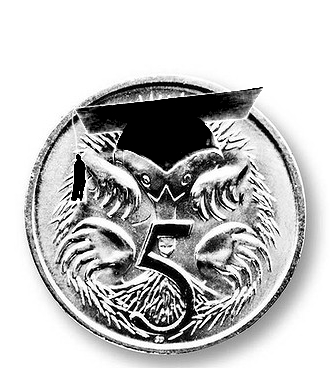School gaps hit GDP
 A new report has found educational inequality is widening the gap between rich and poor.
A new report has found educational inequality is widening the gap between rich and poor.
Research from the Public Education Foundation (PEF) has found that students at the bottom of the schooling system are falling further behind.
“We recognise the limitations of standardised testing, but one advantage is that it does provide comparable time-series data for evaluation across a host of countries,” PEF researcher David Hetherington found.
“From 2009 to 2015, where the data is consistently comparable, the average performance across all subjects of students at the 10th percentile (the bottom 10 per cent) fell by 21.3 points, while the performance of those at the 90th percentile fell by only 14.4 points.
“While all cohorts have fared worse, the performance of those at the bottom has fallen by almost 50 per cent more than those at the top, exacerbating inequality between the two ends.”
Indigenous children and those of newly arrived migrants are disproportionately represented in lower percentiles.
The OECD has previously calculated that a 50-point fall in test scores leads to a long-term GDP decline of 0.87 per cent per year.
This means the fall in educational performance cost Australia $118.6 billion between 2009 and 2015.
Dr Hetherington said it shows the longer-term costs of inequality.
“Why should this concern us? If education and income are so closely related, is it possible that the growth in economic inequality that has become so prominent is in part driven by rising inequality in education?”
He said methods to fill the gaps could include targeted teaching approaches, additional teachers for underperforming students, alternative learning programs when the traditional educational system fails, and needs-based funding for schools.








 Print
Print